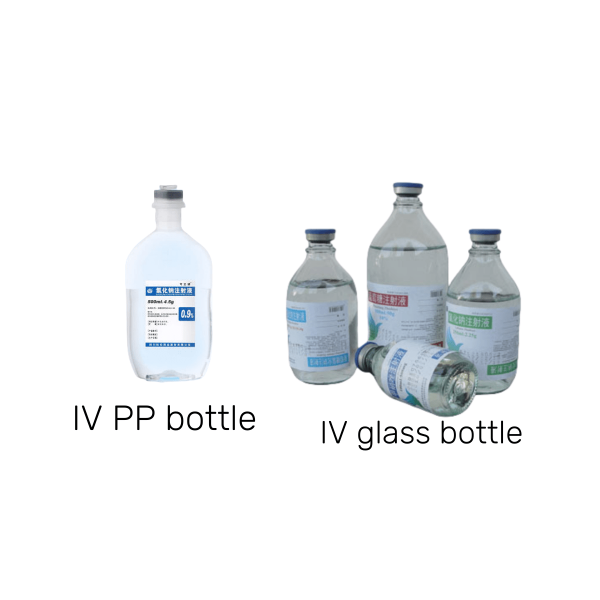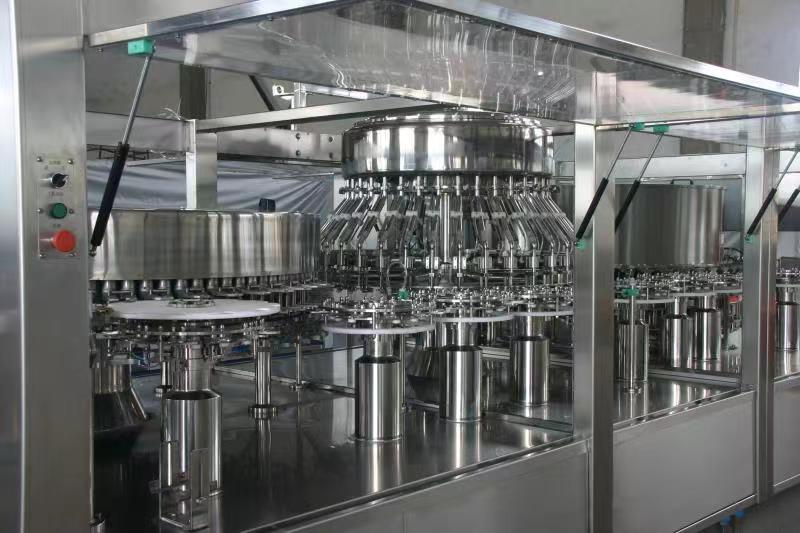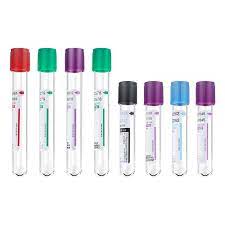Introduction:
In the realm of medical device and pharmaceutical manufacturing, the choice of packaging material for intravenous (IV) solutions is crucial, with glass and polypropylene (PP) emerging as prominent options. Both materials offer unique advantages and considerations, influencing factors such as product integrity, safety, and regulatory compliance. In this comprehensive guide, we delve into the differences between glass and PP bottles for IV solutions, empowering manufacturers and healthcare professionals to make informed decisions when selecting the optimal packaging solution for their needs.
Understanding Glass and PP Bottles for IV Solutions:
1. **Glass Bottles:**
Glass has been a traditional choice for packaging IV solutions due to its inertness, transparency, and stability. Here are some key characteristics of glass bottles:
– **Chemical Inertness:** Glass is chemically inert, ensuring compatibility with a wide range of IV solutions, including saline, dextrose, and medications. It minimizes the risk of leaching or interaction between the container and its contents, preserving the purity and efficacy of the solution.
– **Transparency:** Glass bottles offer excellent transparency, allowing healthcare professionals to visually inspect the solution for clarity, particulate matter, or discoloration. This transparency facilitates quality control and ensures the integrity of the IV solution.
– **Rigidity:** Glass bottles are rigid and robust, providing structural integrity and protection to the IV solution during handling, transportation, and storage. They are less prone to deformation or damage compared to plastic containers.
– **Recyclability:** Glass is highly recyclable, offering environmental benefits and sustainability advantages. Proper recycling practices can reduce the environmental footprint associated with packaging waste.
2. **PP Bottles:**
Polypropylene (PP) has gained popularity as an alternative to glass for packaging IV solutions, offering distinct advantages in terms of flexibility, durability, and cost-effectiveness. Here are some key characteristics of PP bottles:
– **Chemical Resistance:** PP exhibits excellent chemical resistance, making it suitable for storing a wide range of IV solutions without the risk of degradation or contamination. It provides a barrier against external factors that could compromise the integrity of the solution.
– **Flexibility:** PP bottles are lightweight and flexible, facilitating easy handling, transportation, and administration of IV solutions. Their flexibility reduces the risk of breakage or damage during shipping and handling, enhancing operational efficiency.
– **Cost-Effectiveness:** PP bottles are often more cost-effective than glass bottles, offering manufacturers a cost-saving advantage without compromising product quality or safety. The lower production costs translate to potential savings for healthcare facilities and consumers.
– **Impact Resistance:** PP bottles are impact-resistant, reducing the risk of breakage or shattering compared to glass containers. This durability ensures product integrity and minimizes the potential for accidents or injuries associated with broken glass.
– **Compatibility with Automated Systems:** PP bottles are compatible with automated filling and sealing systems, streamlining the manufacturing process and increasing efficiency. Their consistent dimensions and compatibility with standard equipment contribute to operational reliability.
Differences Between Glass and PP Bottles for IV Solutions:
1. **Material Properties:**
– Glass: Chemically inert, transparent, rigid.
– PP: Chemically resistant, flexible, durable.
2. **Cost and Efficiency:**
– Glass: Higher initial cost, potential for recyclability.
– PP: Lower initial cost, cost-effective manufacturing, efficient handling.
3. **Safety and Durability:**
– Glass: Fragile, potential for breakage or shattering.
– PP: Impact-resistant, less prone to damage during handling and transportation.
4. **Environmental Impact:**
– Glass: Recyclable, sustainable packaging option.
– PP: Recyclable, potentially lower carbon footprint due to lighter weight and reduced transportation costs.
Conclusion:
The choice between glass and PP bottles for packaging IV solutions in medical device and pharmaceutical manufacturing involves careful consideration of factors such as material properties, cost, efficiency, safety, and environmental impact. While glass offers advantages in terms of chemical inertness and transparency, PP provides benefits in flexibility, durability, and cost-effectiveness. By understanding the key differences between these packaging materials, manufacturers and healthcare professionals can make informed decisions that prioritize product integrity, patient safety, and operational efficiency. Ultimately, whether opting for the traditional reliability of glass or the modern versatility of PP, the goal remains consistent: delivering high-quality IV solutions that meet the evolving needs of healthcare delivery and patient care.


